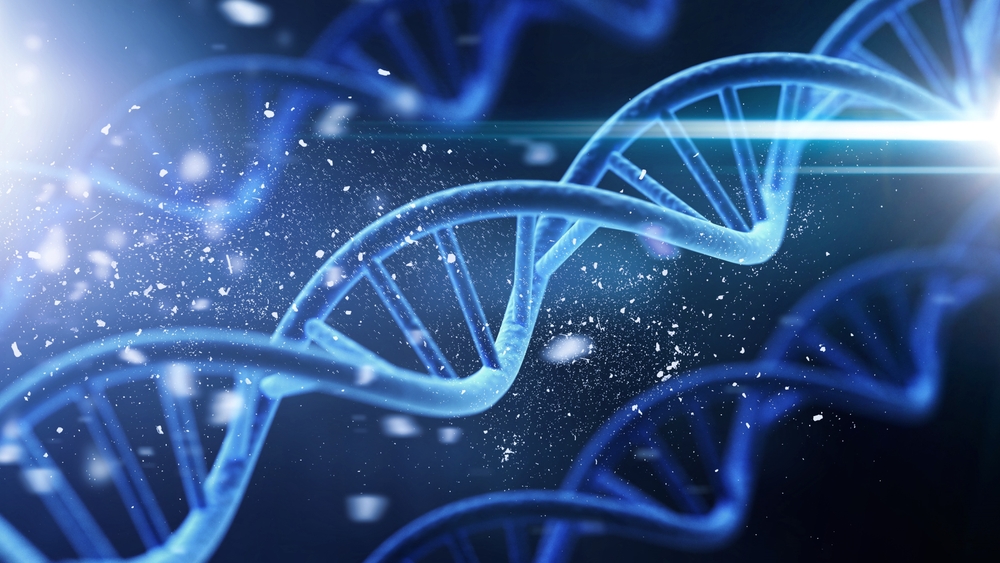Transforming Data Storage: The Promise of DNA-Based Memory
Introduction: Ever thought of storing a movie, millions of documents, or even the entire internet in a device no larger than a sugar cube? DNA-based storage, the cutting-edge technology in the realm of data storage, is set to revolutionize our digital landscape.

Delving into the History of Data Storage
To appreciate the potential of DNA-based storage, one must understand the journey of data storage technology. The evolution of storage has been a fascinating ride, from the punch cards and magnetic tapes of the 1950s to the floppy disks of the 70s, hard drives in the 80s, and flash storage in the 2000s. Each shift brought about a significant increase in storage capacity and decrease in physical size. Today, data storage is reaching a point where traditional methods are running out of room, both physically and technologically.
DNA: The Next Frontier in Data Storage
Imagine a storage medium that is durable, compact, and capable of holding vast amounts of data. This is the promise of DNA-based storage. In 2012, scientists from Harvard University encoded a 52,000-word book into DNA and then read it back with 100% accuracy. This experiment opened the door to the possibility of using DNA as a new way to store data.
The Present State of DNA Storage
Despite the potential, DNA-based storage is still in its infancy. It remains complex and expensive, with the cost of synthesizing and sequencing DNA being a significant hurdle. However, companies like Microsoft and startups like Catalog are investing heavily in this technology, with the goal of making it cost-effective and practical for general use.
Market Impact and Price Estimates
As DNA storage becomes more practical, it could disrupt the $89 billion data storage market. It’s too early to predict the exact price range for DNA-based storage devices. However, the cost of DNA synthesis and sequencing is dropping rapidly, which could make these devices affordable in the not-too-distant future.
Potential and Future of DNA-Based Storage
Despite the challenges, the potential for DNA storage is enormous. It’s estimated that one gram of DNA can store about 215 petabytes (215 million gigabytes) of data. This could solve the increasing demand for data storage, making it a game-changer in the tech world.
In summary, DNA-based storage holds the promise of a future where all the world’s data could be stored in a device the size of a sugar cube. It’s a thrilling prospect that could transform our digital landscape, and it’s a topic we’ll be watching closely as it develops.



